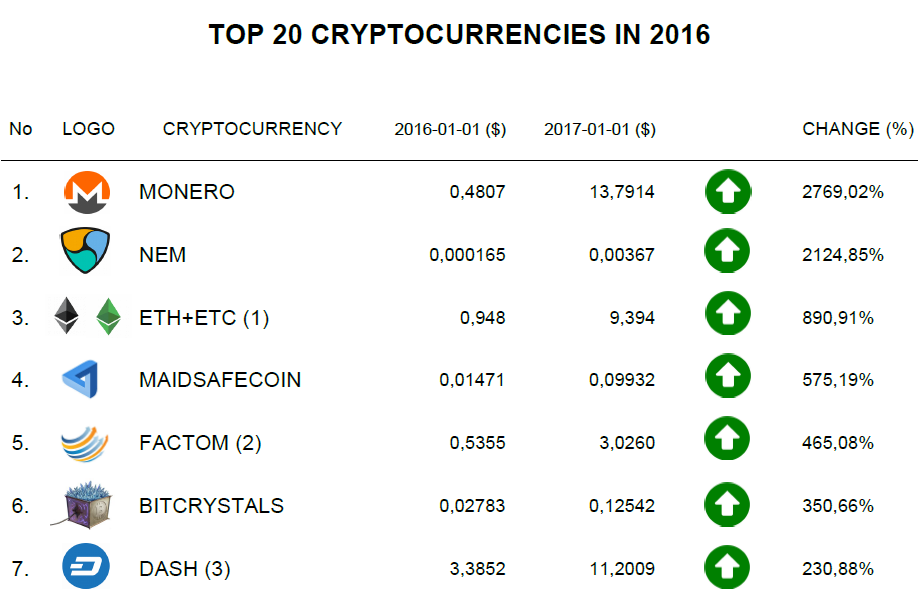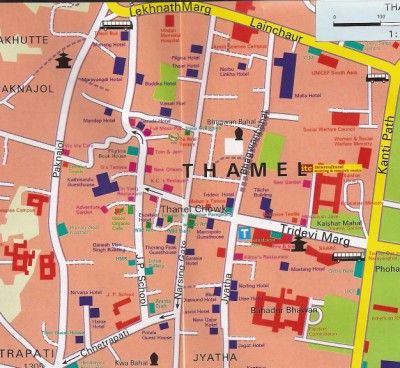Contents
In response to a higher petrol price, one can, in the short run, make fewer trips by car. In the longer run not only one can make fewer trips but he can purchase a car with a smaller engine capacity when the time comes for replacing the existing one. Hence one’s demand for petrol falls by more when one has made long term adjustment to higher prices. Now that we are able to classify goods according to their price elasticity, let us see whether the goods which we considered in our example on page 39, are price elastic or inelastic. D) Elasticity of demand estbalishes a qualitative relationship between quantity demanded of a commodity.
At different prices different quantities of a commodity are generally demanded. If there is no change in quantity demanded to any change in price, then demand is and demand curve is _ . Complementary commodities are those which are used together. For example Tea and Sugar; Bikes & petrol; Pen and Ink etc. A fall in the price of one commodity would cause the demand of the complimentary commodity to rise. For example, other things being equal, fall in prices of sugar would increase demand for tea and vice versa.
This type of demand curve is found in perfectly competitive market. As a result of fall in the price of salt from Rs. 3 per kilogram to Rs. 2.50, the quantity demanded increases from 1000 kilogram to 1005 kilograms. Unless demand is backed by purchasing power or ability to pay, it does not constitute demand. One is that quantity demanded is always expressed at a given price.
Thus, demand refers to the quantity of a good or service that consumers are willing and able to purchase at different prices during a period of time. When the change in the supply of a commodity is lesser as compared to the change in its price, we can say that it has a relatively less elastic supply. In such a case, the price elasticity of supply is less than 1. After having understood the elasticity of supply definition in economics, we now move to the elasticity of supply formula which is based on its definition. Similarly, one can also study the price elasticity of demand.

When we add quantities demanded at each price by consumers P, Q, R we get total market demand. Thus when price is Rs. 5 per unit, the demand for commodity ‘X’ in the market is 30 units (i.e. 10+8+12). The market demand schedule also indicates inverse relationship between price and quantity demanded of ‘X’. Income elasticity of goods reveals a few very important features of demand for the goods in question. If income elasticity is zero it signifies that the quantity demanded of the goods is quite unresponsive to changes in income. When income elasticity is greater than zero or positive then an increase in income leads to an increase in quantity demanded of the goods.
For example, when there is wide-spread drought, people expect that prices of foodgrains would rise in future. They demand greater quantities of foodgrains as their price rise. When price of a commodity rises, its quantity demanded falls.
Some PESTLE analysis users oversimplify the amount of data used for decisions – it’s easy to use insufficient data. It facilitates a better and which of the following influence price elasticity of demand denotes: broader understanding of the business environment. To be effective, organizations must perform PESTLE analysis on an ongoing or regular basis.
Thus while demand for petrol is inelastic, the demand for Indian Oil’s petrol is elastic. Similarly, while there are no general substitutes for health care, there are substitutes for one doctor or for a nurse. Likewise, the demand for common salt is inelastic because good substitutes for common salt are not available.
Price elasticity can be measured at a point or between two points. Here we use the concepts of point elasticity and arc elasticity respectively. The main determinants of elasticity are the availability of substitutes for the commodity, number of uses of the commodity, nature of commodity, etc. An individual’s demand for a product depends upon the price of the product, income of the individual and the prices of related goods.
Price Elasticity of Supply Formula
If the price of Scooters falls, its demand will increase leading to increase in demand for petrol. If the price of Airtel Magic card falls, its demand will increase and demand for Essar Speed Card would fall and vice versa. The demand for a commodity also depends on the prices of related commodities.

The law has been derived assuming consumers to be rational and knowledgeable about market-conditions. Individual Demand Curve as well as Market Demand Curve slope downward from left to right indicating an inverse relationship between own price of the commodity and its quantity demanded. In the event of an increase in input price, Marginal Cost and Average Cost will increase.
Semester Notes
The law of supply refers to the tendency for price and quantity to be related. For instance, assume that consumers demand more oranges and fewer apples. More dollars are bidding for oranges, but fewer for apples, resulting in higher orange prices.
These factors are determinants to an economy’s performance that directly impacts a company and also have resonating long term effects. Since we are living in a ‘global village’, everything happening around us leaves an impact on us. Consumer’s goods may be further sub-divided into durable and non-durable goods. The non-durable consumer goods are those which cannot be consumed more than once; for example bread, milk etc.
According to the law of demand, other things being equal, more of a commodity will be demanded at lower prices than at higher prices. The law of demand is valid in most cases; however there are certain cases where this law does not hold good. The following are the important exceptions to the law of demand. Many consumers who were unable to buy a commodity at higher price also start buying when the price of the commodity falls. A demand curve is a graphical representation of a demand schedule or demand function. A demand curve for any commodity can be drawn by plotting each combination of price and demand on a graph.
- The law of demand does not apply much in the case of necessaries of life.
- It also gives an idea about the profit that could be made by selling that product at its price difference.
- The total outlay increase from Rs. 4,680 to Rs. 5,000 indicating inelastic demand for wheat.
- But amongst these determinants of demand, economists single out price of the goods in question as the most important factor governing the demand for it.
Each of the factors mentioned above, from Political, Economic, Social, Technological, Legal to Environmental, have an impact on an organization. Yet the significance of each of these factors may differ based on the different kinds of industries. In today’s world, we have so many examples of successful organizations before us. From small startups to bigger firms, every organization is focused on improving and heading ahead. Different tools are leveraged by them for this purpose.
Since producers compete for profits in a free market, profits are never constant over time or across different goods. Entrepreneurs, therefore, shift resources and labor efforts towards products that are more profitable and away from those that are less profitable. It can be stated that PESTLE analysis is a great tool for businesses that can be leveraged for several purposes.
The Elasticity of Supply Definition
Organizations that do so enjoy a competitive advantage as they spot trends before others. Apart from these laws/rules, companies maintain their own set of rules and regulations by which an employee is expected to abide by. So, the legal analysis takes accounts of both these angles and forms strategies keeping them in mind.

According to the elasticity of supply definition, the supply of a product depends upon its market price. So, if the price of that commodity is less than its cost of production, its supply will be less as the supplier will not earn enough profit by selling that product. However, when its value in the market increases, the supplier will try to enhance its production.
Advantages and Disadvantages of a PESTLE Analysis
Changes in weather conditions also influence household’s demand.E.g. – Extraordinary hot summer push up the demand https://1investing.in/ for ice-creams, cold drinks, coolers etc. Thus, we can conclude that pressure of excess supply reduces the price.
A rise in income thus shifts the demand curve to the right, whereas a fall in income will have the opposite effect of shifting the demand curve to the left. When the price of a commodity falls, the consumer can buy the same quantity of the commodity with lesser money or he can buy more of the same commodity with the same money. In other words, as a result of fall in the price of the commodity, consumer’s real income or purchasing power increases. This increase in the real income induces him to buy more of that commodity.
That’s when the technique of production will come into play. If a firm has advanced machinery for the production of that commodity, it will be able to produce it in large quantities in a shorter time. On the other hand, if a firm uses outdated technology for manufacturing, it won’t be able to increase its production much within a limited time frame.
In our example of wheat, as a result of fall in price of wheat from Rs. 10 per kg. To Rs. 9 per kg., the total outlay or expenditure falls from 5,000 to Rs. 4,680 indicating inelastic demand for wheat. Similarly we can show that as a result of increase in price of wheat from Rs. 9 to Rs. 10 per kg. The total outlay increase from Rs. 4,680 to Rs. 5,000 indicating inelastic demand for wheat.